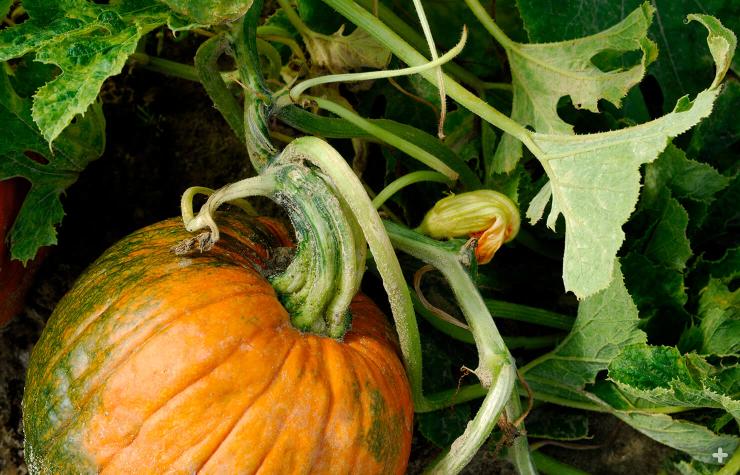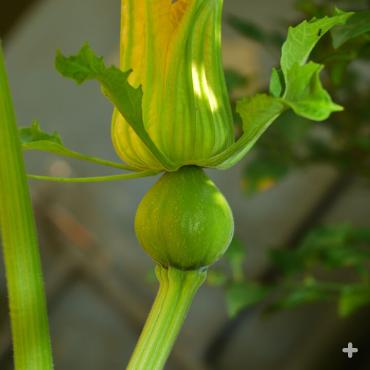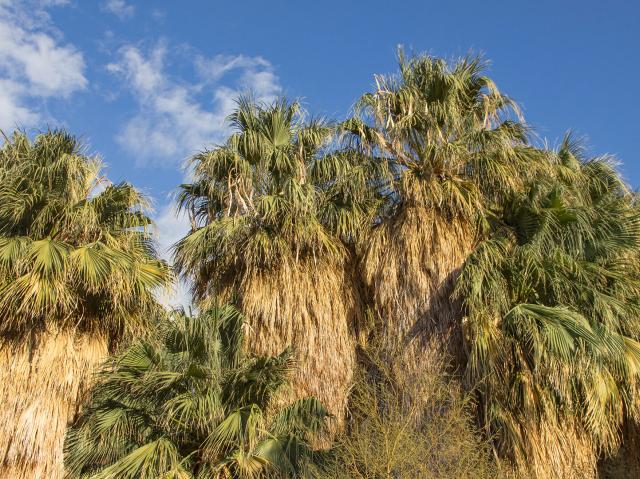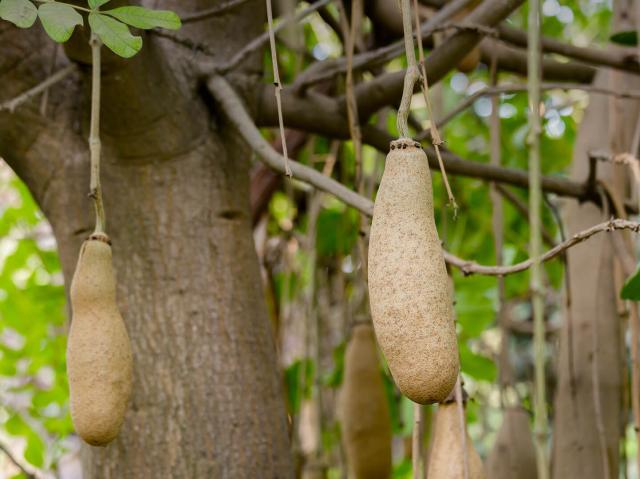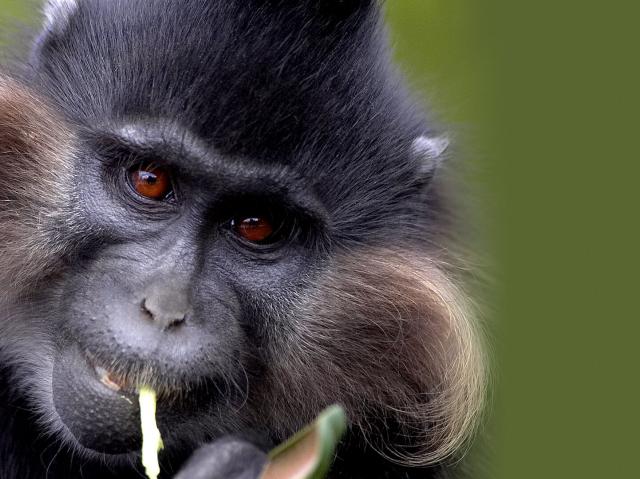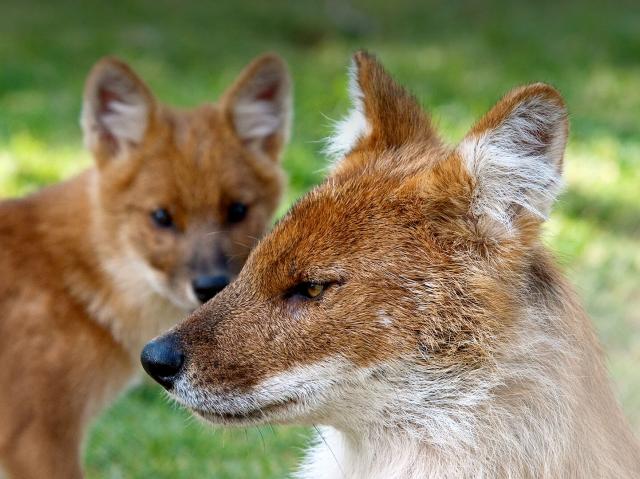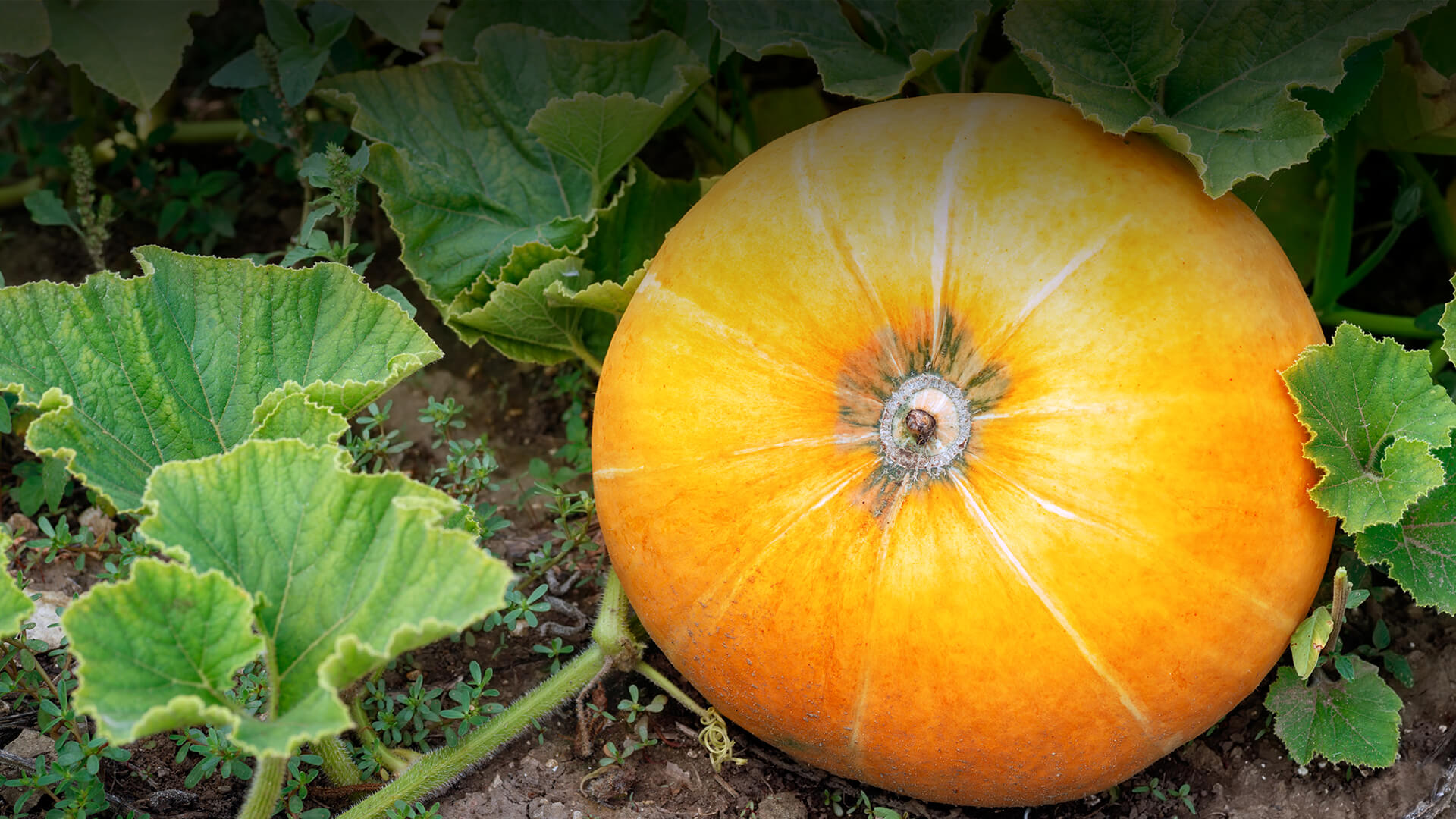
Pumpkin

- DIVISION: Tracheophyta
- CLASS: Magnoliopsida
- ORDER: Cucurbitales
- FAMILY: Cucurbitaceae
- GENUS: Cucurbita
- SPECIES: varieties of pepo, maxima, moschata, and argyrosperma

OVERVIEW

You know one when you see one, but what exactly is a pumpkin? You might be surprised to know that there is no botanic or scientific definition. The terms “pumpkin” and “squash” are both used for more than one species in the genus Cucurbita, which also includes ornamental gourds! While gourds aren’t typically edible, both pumpkins and squashes bear edible fruits. In general—although there are many exceptions—pumpkins are round, and squashes aren’t. Pumpkins often have yellow or orange flesh, although many squashes do, too. According to the USDA, the designation “pumpkin” can refer to any “golden-fleshed, sweet squash, or mixtures of such squash and field pumpkin.” Pumpkins include varieties of four species: C. pepo, C. moschata, C. maxima, and C. argyrosperma.
Is it spooky? If hearing the word “pumpkin” makes you think of a jack-o’-lantern, you’re picturing a variety of C. pepo, sometimes called a “field pumpkin.” With bright orange skin and a hard, woody, stem, popular pepo cultivars include ‘Connecticut Field,’ ‘New England Sugar Pie,’ ‘Howden,’ and ‘Spookie,’ as well as most mini pumpkins. While pepo pumpkins are kings of the pumpkin patches kids visit in October, the truth is that they are mostly grown for their looks; the other three pumpkin species have denser flesh and are better tasting. Just to be clear, though, not all C. pepo varieties are pumpkins! This species includes a assortment of yummy squashes, such as zucchini (courgette), acorn, spaghetti, crookneck, and delicata, as well as decorative gourds.
Ready for pie? The tan-skinned ‘Buckskin’ and ‘Kentucky Field’ pumpkins are varieties of C. moschata, as is the ‘Seminole,’ an heirloom variety originally cultivated by Creek Indian tribes in Florida. But the most widely tasted moschata might be the one you most often find in a can of pumpkin or pumpkin pie filling: a variety called ‘Dickinson.’ The cheese pumpkins—named for their resemblance to a wheel of cheese—are varieties of C. moschata, too. Non-pumpkin moschata squashes include butternut and Canada crookneck.
If you want to grow the world’s largest pumpkin, be sure to sow seeds of a giant C. maxima. (There are several varieties.) Blue pumpkins like ‘Jarrahdale,’ ‘Queensland Blue,’ and ‘Blue Moon’; and white pumpkins like ‘Lumina’ and ‘Snowball’ are maxima pumpkins, too, as is the curvy, squat, dark-orange cultivar ‘Rouge Vif d'Estampes’—also known as the Cinderella pumpkin. While some of these cultivars were developed in places like Australia or France, they all originated from New World species. Non-pumpkin maxima squashes include hubbard, banana, buttercup, kabocha, and turban squash.
You say squash—I say pumpkin. It might not look like a pumpkin on the outside, but C. argyrosperma is known —at least to some people—as the cushaw pumpkin. Others call it cushaw squash. Most of us have probably never heard of it at all, because it is far less common than other pumpkins, but that’s our loss. In the South, some Cajun, Creole, and Appalachian cooks claim it makes the best pie. Spiced, sweetened, and cooked, cushaw pumpkin is historically known as “juirdmon.” Cultivars include ‘Tennessee Sweet Potato,’ ‘Japanese Pie,’ and ‘Green-striped Cushaw.’
Pumpkins need pollinators! America’s most important native pumpkin pollinators are squash bees Peponapis and Xenoglossa. Squash bees nest in soil at the base of host plants, not in hives. Some other native bees pollinate pumpkins, too, as do (non-native) honeybees.
CHARACTERISTICS
Some pumpkin plants can be bushy, but they are more commonly vining, with spring-like tendrils that help hold them in place. Leaf shape varies, depending on the variety—from heart-shaped and oval to five-lobed, palmate leaves.
Vine or bush, pumpkins bear large, bright yellow or orange flowers that can be 5 inches (13 centimeters) or more across. Pumpkin flowers are either male or female, but both types of flowers grow on the same plant. Vines typically bear a single flower per node (the area where a leaf sprouts from the stem), and the first nodes produce only male flowers. Female flowers have inferior ovaries, which means that they lie deep inside the base of the flower. Male flowers produce pollen, and a fertilized female flower bears a large, usually roundish, fruit that you’ll instantly recognize as a pumpkin. You probably already know that a pumpkin has large, flat seeds inside its thick outer wall, which is protected by a hard rind. Technically a type of berry, botanists describe this type of fruit as a pepo.
CULTIVATION
One of the “three sisters” of American agriculture, the pumpkin-squash genus is uniquely New World. Most species probably originated in or near Mexico. In fact, people of the First Nations of America—from southern Canada to Chile and Argentina—propagated C. pepo at least 8,000 years ago, making it the world’s oldest domesticated crop. They—and later, European settlers—traditionally planted it with the other two sisters: beans and corn. Corn provides support for the climbing beans. Beans add nitrogen to the soil. Squash or pumpkin vines shade the earth, conserving moisture and suppressing weeds. This triple system, also known as milpa (the Nahuatl world for “at the field”), continues today in some gardens.
Various cultivars of pumpkins and squashes are now widely cultivated on every continent except Antarctica, and they’re still popular here, too. To plant your own pumpkin vine, you’ll need lots of room. Plant seeds in small hills, about six feet (two meters) apart. Pumpkin plants like regular water, but keep foliage dry. Your pumpkins will be ready to harvest three or four months after planting, after the shell has hardened.
USES
If pumpkin pie isn’t enough of a claim to fame, pumpkin is also a respectable vegetable on its own, roasted, steamed, or boiled. It’s featured in soups and breads, and its flesh is a great source of Vitamin A, potassium, and fiber. Pumpkin is popular ingredient that has become part of the cuisines of Italy as well as parts of the Middle East, Asia, and Africa.
You can also munch on roasted pumpkin seeds—also known as pepitas. Even pumpkin leaves and flowers are edible! Pumpkin is also used as livestock feed, and in October, pumpkins play another role—hollowed out and carved into jack-o’-lanterns.
SURPRISE INSIDE
White and blue pumpkin varieties are orange inside.
WHY APPLE?
“As American as apple pie”? Apples likely originated in Asia, while pumpkins are true American natives. Pumpkin pie is a traditional part of American and Canadian Thanksgiving. Yum.
BILLIONS SERVED
The 2017 commercial pumpkin harvest was about 2 billion pounds (907 million kilograms).
CAN IT
Illinois is by far largest grower of pumpkins in the US, producing more than 90 percent of the nation’s crop. Most of the state’s pumpkins are canned for pie filling.
SLICE OF PIE
The largest pumpkin pie ever baked was 20 feet (6 meters) in diameter and weighed 3,699 pounds (1,678 kilograms), at the 2010 New Bremen [Ohio] Pumpkinfest.
THE GREAT PUMPKIN
In 2016, Mathias Willemijns of Belgium grew the world’s largest pumpkin. At the Giant Pumpkin European Championship in Ludwigsburg, Germany, it weighed in at 2,626 pounds (1,191 kilograms).
EATEN RAW?
According to Roger Williams in his 1643 publication A Key Into the Language of America, the English word “squash” comes from the Narragansett word askutasquash, which means “a green thing eaten raw.” (Narragansett was an Algonquian language that died out in the 19th century. Presumably the practice of eating raw, green pumpkins died out, too.)
ABOUT GOURDS
Some of the related Cucurbita species, such as C. digitata and C. ficifolia, are ornamental gourds native to America. The bottle-gourds that are used as utensils or vessels belong to a related genus, Lagenaria, and they are native to Africa. Both genera are in the family Cucurbitaceae.


